Five Tennessee Properties Added to National Register of Historic Places
The National Register of Historic Places is the nation’s official list of cultural resources worthy of preservation. It is part of a nationwide program that coordinates and supports efforts to identify, evaluate, and protect historic resources. The State Historic Preservation Office administers the program in Tennessee.
Laurel Springs Primitive Baptist Church
(Cosby vicinity – Cocke County)
Listed in the National Register of Historic Places on April 12, 2021, the 1914 Laurel Springs Primitive Baptist Church is located on the north side of Laurel Springs Road about three miles south of the community of Cosby in southwestern Cocke County. The Great Smoky Mountains National Park is located directly across the road from the church building and borders the south side of Laurel Springs Road for almost its entire length. Situated on a quarter-acre of land, the one-story, one-room frame church building is covered in board and batten wood siding and retains historic two-over-two double-hung wood windows. The interior walls, ceilings, and floors are yellow pine. The church is no longer used for services and is privately owned.
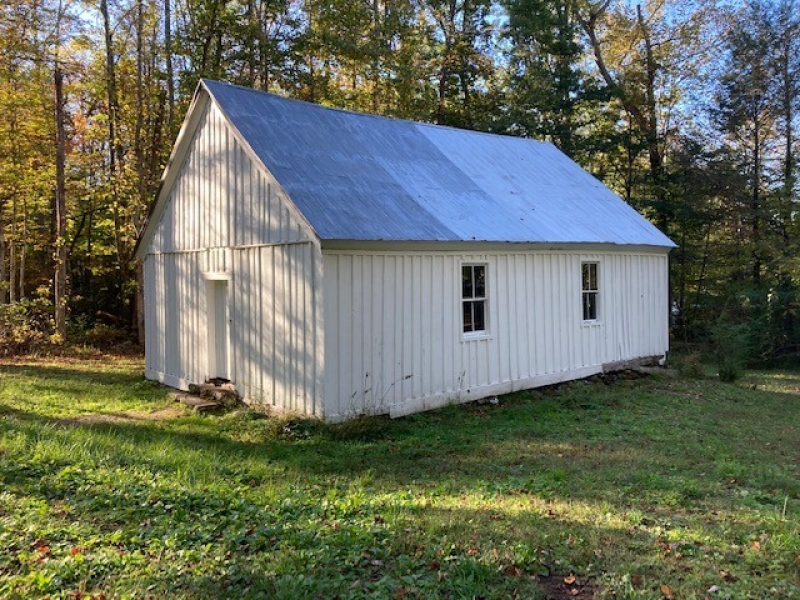
Lonesome
(Burns – Dickson County)
Lonesome, the William G. and Dicy Austin House, was listed in the National Register of Historic Places on April 9, 2021. It was constructed as a double-pen log building around 1820. Located in Dickson County, the house was modified circa 1890 when the kitchen log pen was removed and replaced with a frame kitchen. Updated with electricity, plumbing, and new chinking and daubing, the last major change occurred around 1960 when the front porch was added. In the second decade of the 20th century, the building was no longer used as a permanent residence but a retreat for the owners. The property includes the house, a spring box, a cemetery, and a modern pavilion. Lonesome is a good example of how a basic settlement-era dwelling evolved into a permanent home, with the changing use of materials and changing uses of interior spaces.
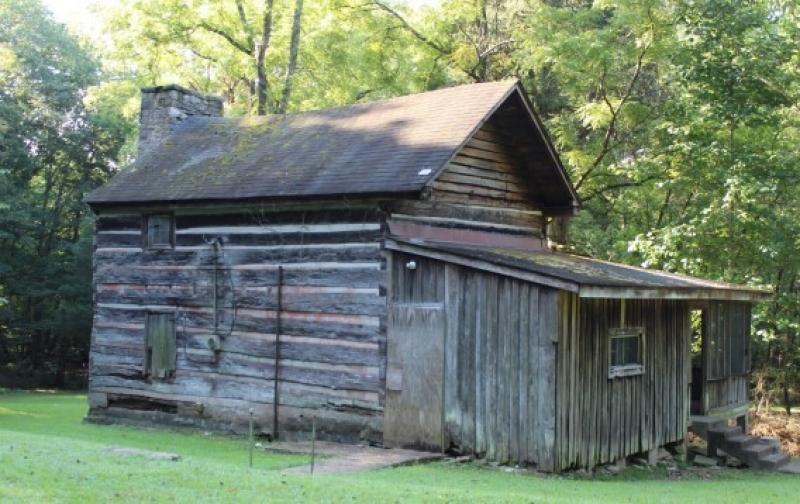
Christ Church Episcopal
(Chattanooga – Hamilton County)
Listed in the National Register of Historic Places on April 9, 2021, Christ Church Episcopal in Chattanooga is an excellent example of the Gothic Revival style. The brick church is trimmed in stone and was constructed beginning circa 1906. Important elements of the Gothic Revival style are seen in the pointed arch windows, buttresses flanking several sides, and the large rose window. Inside, dark molded wood wainscotting, door trim, and stairs embellish the sanctuary. About 1929, Ralph Adams Cram, a nationally-known architect who designed many notable Gothic Revival buildings, designed the interior remodeling of the church. Chattanooga architect Louis Bull was the supervising architect for the remodel. The remodel included an impressive arcaded colonnade. In 1957, a brick addition was built at the rear of the church building. Christ Church congregation continues to maintain the church.
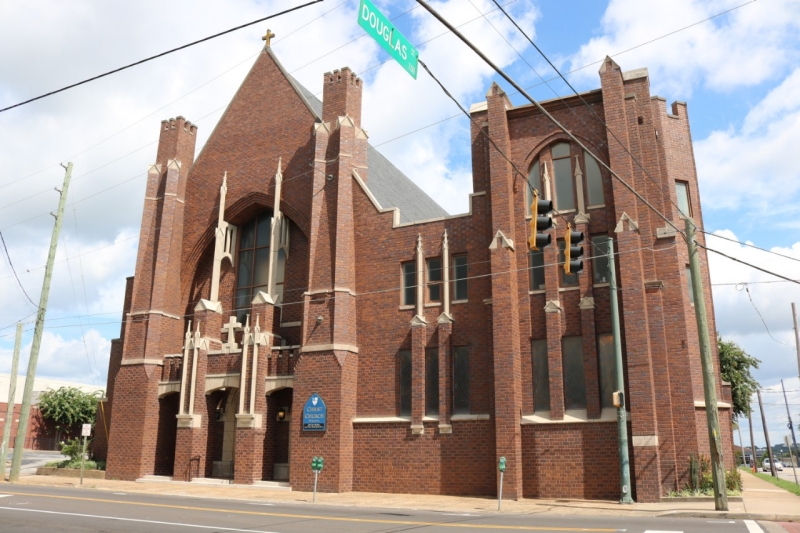
Missouri Portland Cement Terminal
(Memphis – Shelby County)
The Missouri Portland Cement Terminal was listed in the National Register of Historic Places on April 9, 2021. Standing 131-feet tall, the nine silos of the Missouri Portland Cement Company were built in Memphis in 1947 to take advantage of the city’s strategic location during the post-WWII construction boom. Memphis was a relatively central location and the cement company built this complex adjacent to the rail line and close to the Wolf River Harbor, which leads to the Mississippi River. Top portions of the silos could hold over 90,000 barrels of Portland Cement. The lower portions of the silos were used for employees’ showers and locker rooms, service department, bagging department, and packing department. The Jones-Hettelsater Construction Company was responsible for this efficient design. As barges became larger, shippers used the more accessible President’s Island/International Port of Memphis. Use of the Missouri Portland Cement Terminal stopped in 1991.
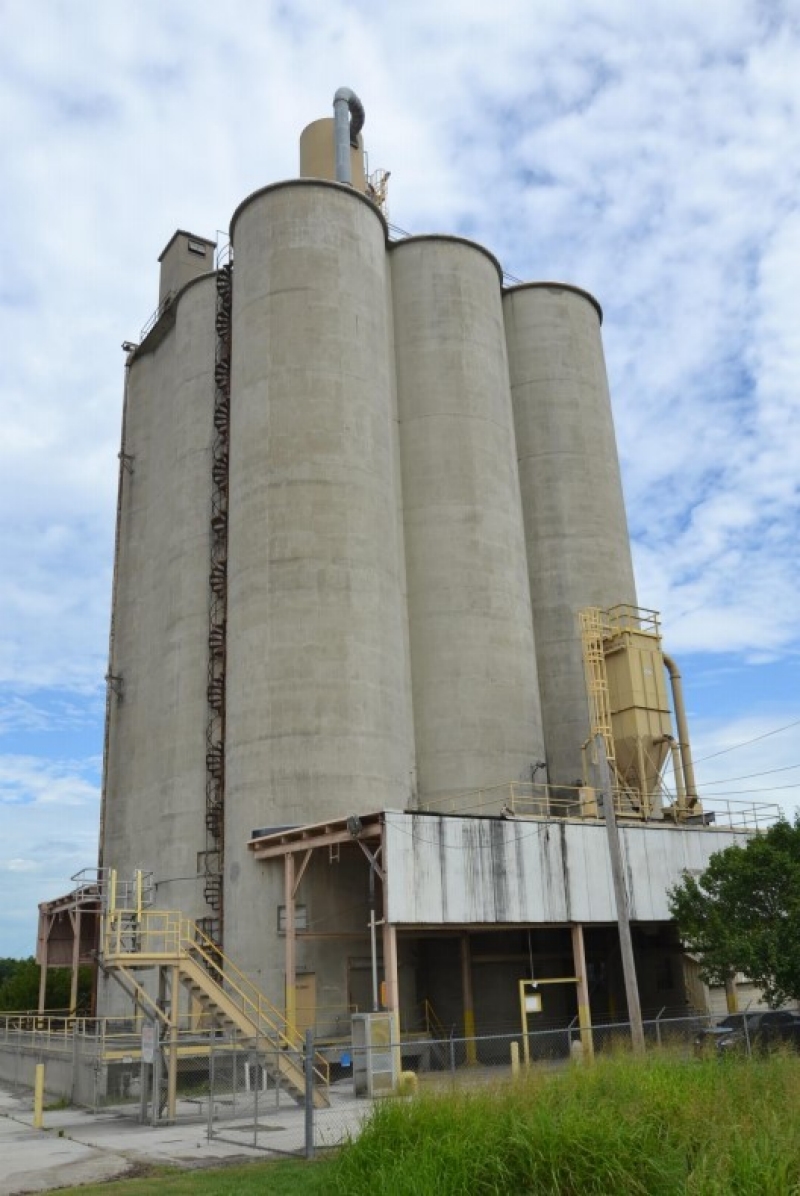
Memphis Overland Company
(Memphis – Shelby County)
Listed in the National Register of Historic Places on April 9, 2021, the Memphis Overland Company building opened in 1917 at the corner of Monroe and Lauderdale on what was then known as Memphis’ Automobile Row. Until 1935, the building was used for automobile sales and servicing first for the Overland brand of cars and later for Cadillac. The two-story brick building sits close to the road, has prominent display windows and classical detailing on the façade, while the back portion of the building is less detailed. It is an example of automobile manufacturing companies constructing showrooms in prominent locations near downtowns to promote the rapidly growing automobile industry – so they could sell more cars. The Memphis Overland Company building shows this trend in its location just outside the central business district. The city’s automobile commerce moved further out on Union and buildings in the area once known as Automobile Row were abandoned. Today the area is known as the Edge District and is being revitalized with new uses for the historic buildings.
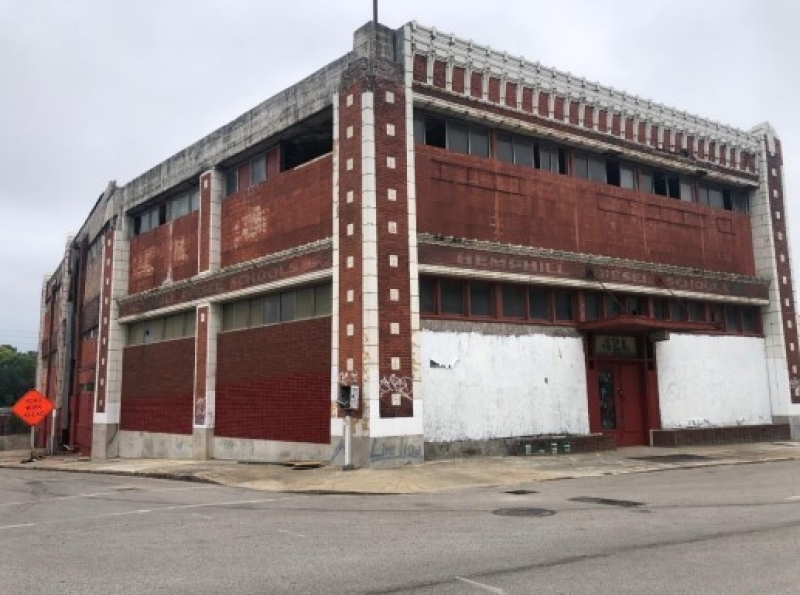
Full nominations for each of these newly listed sites and more information about the National Register program can be accessed on THC’s National Register web page.